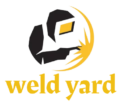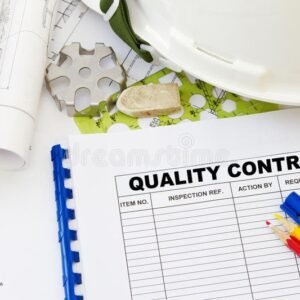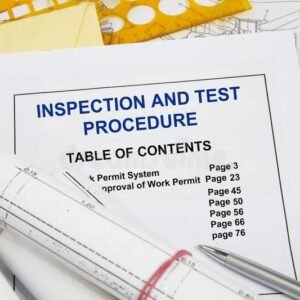Inspection and Testing for Welding Procedure Qualification
Procedure Qualification Records are the documented values used during the actual welding test and all the inspection and test results obtained from the actual test samples.
Welding Procedure Specifications are usually documented work instructions that can be used by the welder to conduct welding operations, and are based on, but not necessarily the same as, the parameters used for the Procedure Qualification Record.
We will consider the Procedure Qualification Record and the inspection and testing performed during its qualification.
Qualification testing of a welding procedure normally requires documentation to show all the variables used during the welding test and the documented inspection and test results. The variables required to be documented are typically such items as: welding process used, size, type and classification of filler alloy, type and thickness of base material welded, type and polarity of welding current, amps and volts recorded, travel speed during welding, welding position, type and dimensions of joint design, preheating temperature, interpass temperature, post weld heat treatment details, and others. In addition to the recording of all the welding variables used during the test, in order to qualify a welding procedure, details of the inspection and test results must also be recorded. These records must show that the inspection and testing has proven that the weld samples have met or exceeded the specified standard requirement. The typical types of inspection and testing for each sample for Welding Procedure Qualification are:
Inspection and Testing for Fillet Welds (Tee Joints) – This involves visual inspection of the completed weld, followed by two macro etches, and one fillet weld break test. The welded sample is first inspected for any visual discontinuities and then sectioned, and two small samples removed at predetermined locations. These small samples are polished across their cross-section and then etched using some type of mild acid mixture, dependent on the base material used. The remaining welded sample is used as the fillet weld break test and is broken against the weld to reveal the internal structure of the weld for inspection.
Inspection and Testing for Groove welds (Butt Joints) – This involves visual inspection, followed by two transverse tensile tests, two root bend test and two face bend tests. (These tests are typical but may differ dependent on material thickness, type and standard requirements. Different and/or additional testing, such as side bends, all weld tensile tests, impact testing or other testing may be required.) The completed weld coupon, after visual inspection, is divided into predetermined small sections. Each section is prepared, usually by machining, to specific dimensions as prescribed by the standard. Each small sample is then tested mechanically to determine its characteristics. These samples are then inspected to determine their acceptability, against specified acceptance criteria, as laid down by the applicable code or standard. Typically the standard will provide the maximum size and location of various weld discontinuities and/or, as relevant, values such as minimum tensile strengths or minimum desired impact properties.
Samples that are found not to have discontinuities that exceed these specified limits, and that meet or exceed the minimum values as specified in the standard, will be acceptable, and the welding procedure will be qualified.
The welding procedure is an important part of the overall welding quality system, as it provides documented evidence that inspection and testing has been performed to ensure that welding can be conducted to meet a recognized standard.
* One exception to welding procedure qualification is the D1.1 Structural Welding Code for Steel, which will, under some circumstances, allow the use of pre-qualified welding procedures, however these procedures are still required to be documented and meet all of the relevant code requirements.










المراجعات
لا توجد مراجعات بعد.